In modern property development, amenities are the cornerstone of creating vibrant and functional spaces that cater to diverse lifestyles. Thoughtfully integrated features such as gyms, swimming pools, green spaces, and community hubs transform residential and commercial properties into thriving ecosystems. These amenities not only enhance daily living but also add significant value, making properties more appealing to prospective buyers and tenants. This blog delves into the critical role of amenities in property development, exploring their benefits, design strategies, and long-term impact.
The Role of Amenities in Modern Living
Amenities are much more than optional extras; they define the living experience within a property. Fitness centers and swimming pools encourage healthy lifestyles, enabling residents to prioritize wellness without the need for external memberships. Green spaces and recreational areas provide much-needed respite from urban chaos, promoting relaxation and fostering connections among neighbors.
For developers, the inclusion of amenities directly influences property desirability. High-quality facilities differentiate projects in competitive markets, allowing developers to command premium pricing or rental rates. By addressing practical and aspirational needs, amenities build a strong emotional connection with occupants, fostering loyalty and long-term residency.
Key Amenities That Enhance Property Appeal
Gyms remain a staple feature in residential and mixed-use developments. These facilities, outfitted with state-of-the-art equipment, cater to diverse fitness preferences, ensuring residents have convenient access to physical activity. Swimming pools, whether indoor or outdoor, serve dual purposes—providing both recreational enjoyment and a serene escape.
Community lounges and co-working spaces have surged in popularity, reflecting the rise of remote work and flexible lifestyles. These areas offer an environment that blends productivity with comfort, supporting professionals and entrepreneurs. Outdoor amenities such as landscaped gardens, barbecue areas, and jogging paths invite residents to connect with nature and engage in social activities, creating a sense of community.
Family-oriented features like children’s play zones, splash parks, and multipurpose sports courts cater to households, ensuring all age groups find value in the property. Advanced security features, including smart surveillance systems and controlled access points, provide peace of mind, further elevating the property’s appeal.
Designing Amenities with Purpose
Effective amenity design begins with understanding the needs and expectations of the target demographic. Young professionals may prioritize tech-enabled workspaces and fitness facilities, while families may value child-friendly areas and community hubs. Developers must balance variety with practicality, ensuring the space allocated for amenities aligns with overall project goals.
The integration of sustainability into amenity design is also critical. Solar-powered lighting, rainwater harvesting systems, and native landscaping not only reduce operational costs but also reflect an eco-conscious ethos that appeals to modern consumers. Moreover, the placement and accessibility of amenities significantly influence their usage. Thoughtful layouts that consider proximity, flow, and connectivity enhance functionality and user satisfaction.
Overcoming Challenges in Amenity Development
Developing amenities presents unique challenges, including budget constraints, space limitations, and ongoing maintenance. Addressing these hurdles requires innovative thinking and strategic planning. Multi-functional spaces—such as a shared gym and yoga studio—maximize utility within confined areas. Collaborations with service providers or third-party operators can offset operational costs while ensuring professional upkeep.
Ensuring that amenities remain relevant and well-maintained is vital for long-term success. Regular feedback from residents helps identify evolving needs, enabling developers to adapt and upgrade facilities accordingly. Additionally, investing in high-quality materials and robust management systems ensures longevity and consistent performance.
The Long-Term Value of Amenities
Properties with superior amenities enjoy enduring popularity, even as market dynamics shift. These features contribute to higher occupancy rates, increased tenant retention, and stronger resale values. For developers, the investment in amenities yields measurable returns by enhancing market appeal and building a reputable brand.
Beyond financial gains, amenities foster stronger communities. Shared spaces encourage interaction and collaboration among residents, creating a sense of belonging that transcends individual units. This intangible benefit often becomes a defining factor for residents choosing to stay long-term.
Conclusion
Developing properties with essential amenities is a strategic approach that addresses both functional and emotional needs. From gyms and swimming pools to green spaces and family-oriented features, these additions redefine the living experience, making properties more desirable and valuable. By prioritizing thoughtful design, sustainability, and adaptability, developers can create spaces that resonate with modern lifestyles while ensuring long-term success. In a world where convenience and quality are paramount, properties with well-planned amenities stand out as benchmarks of excellence.


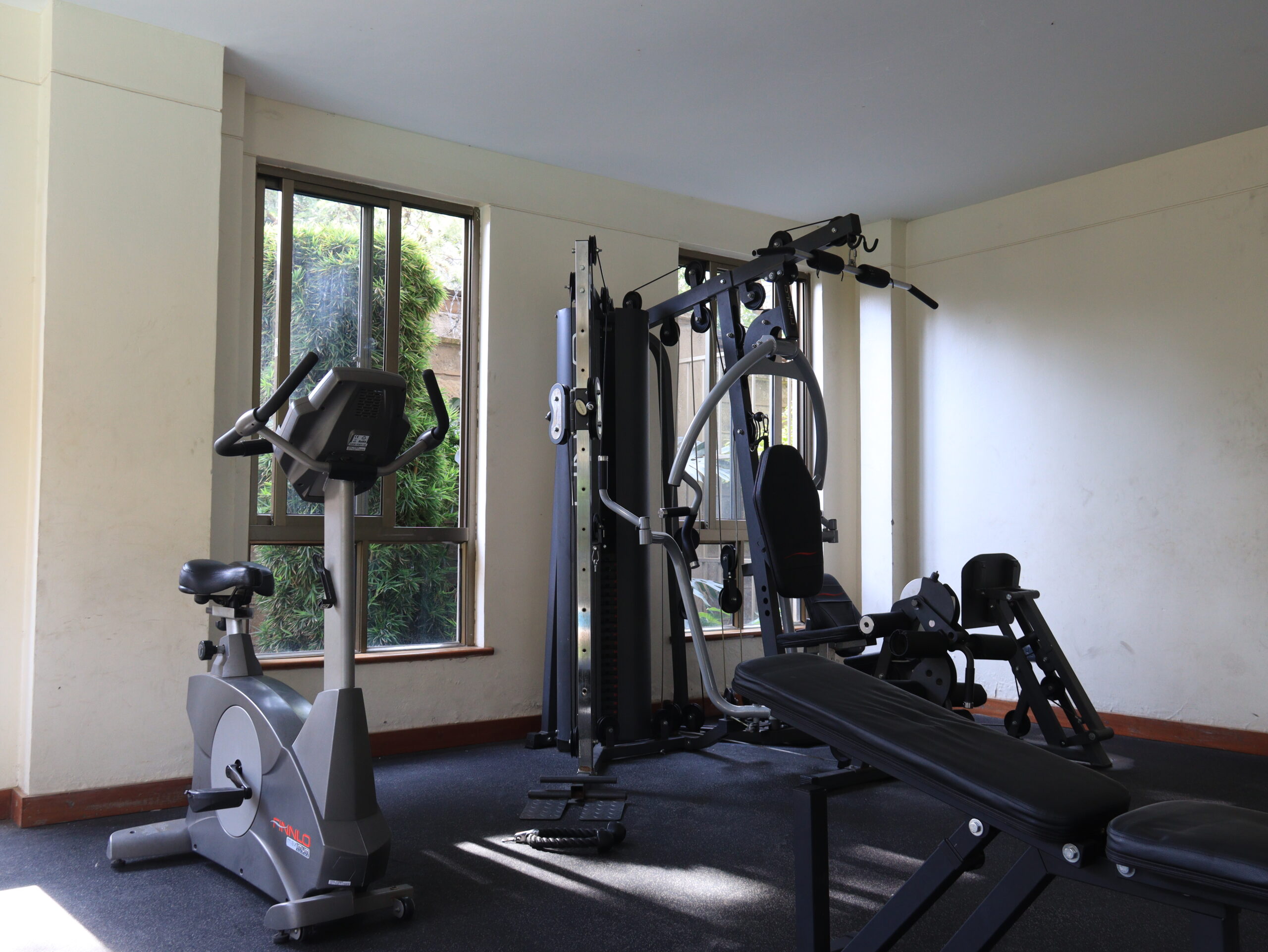
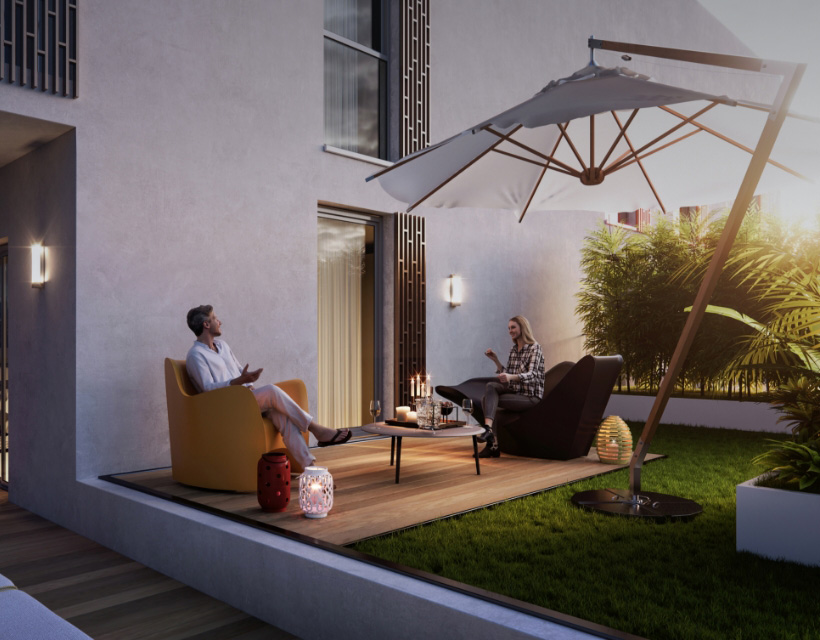

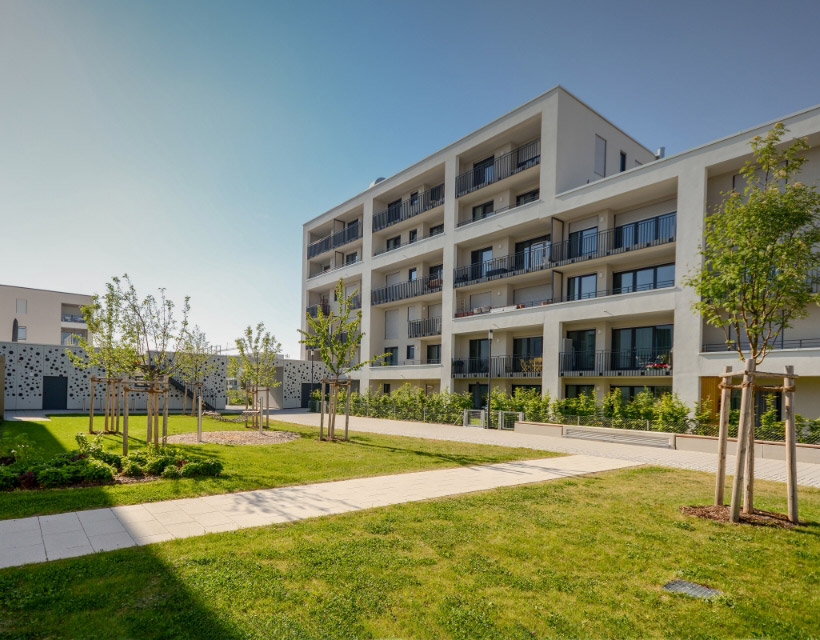
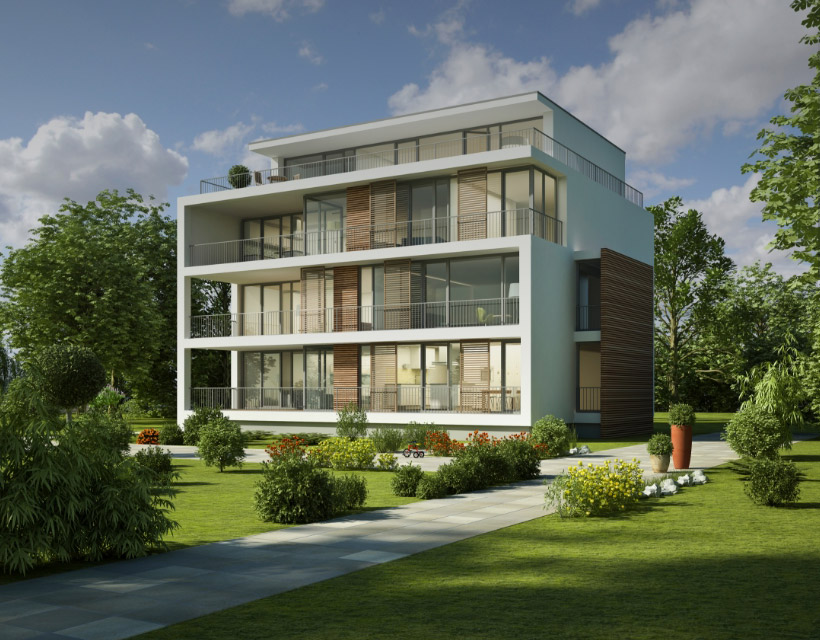


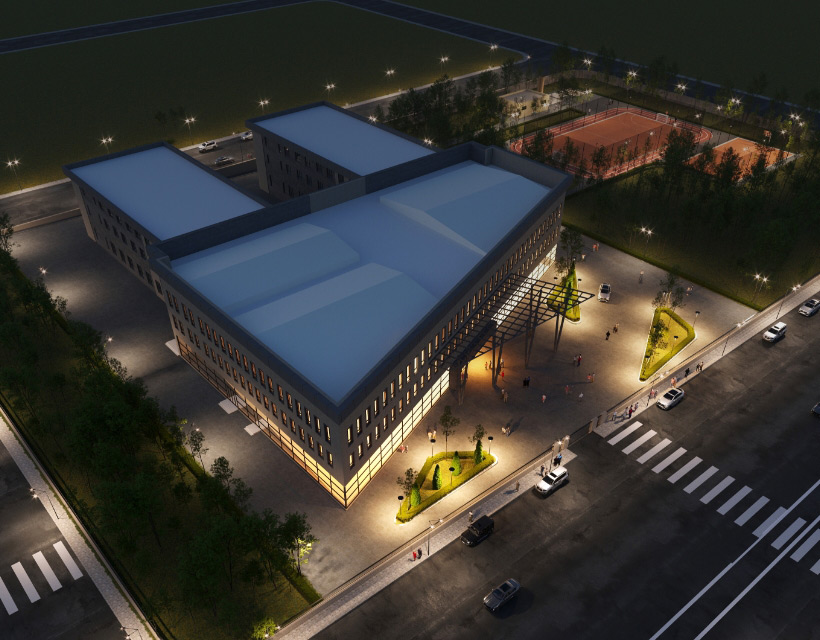
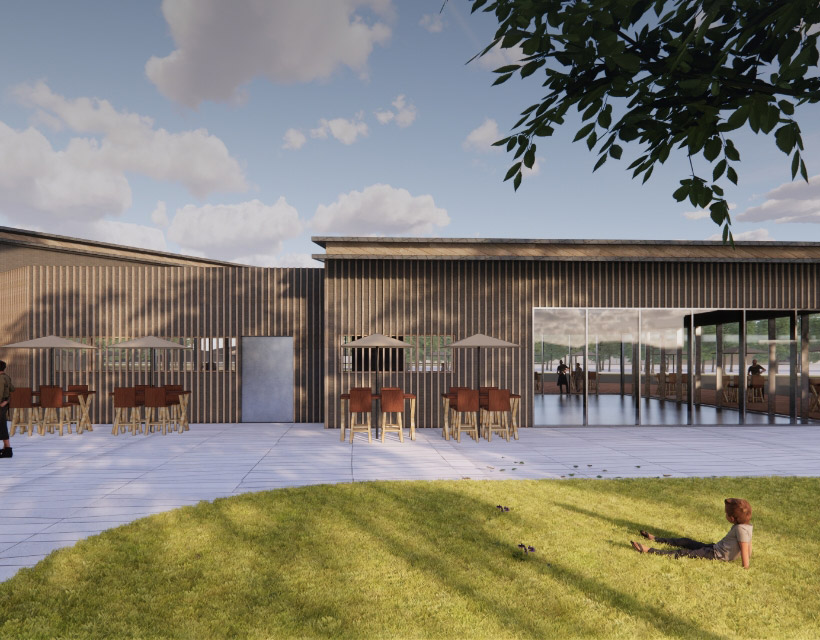

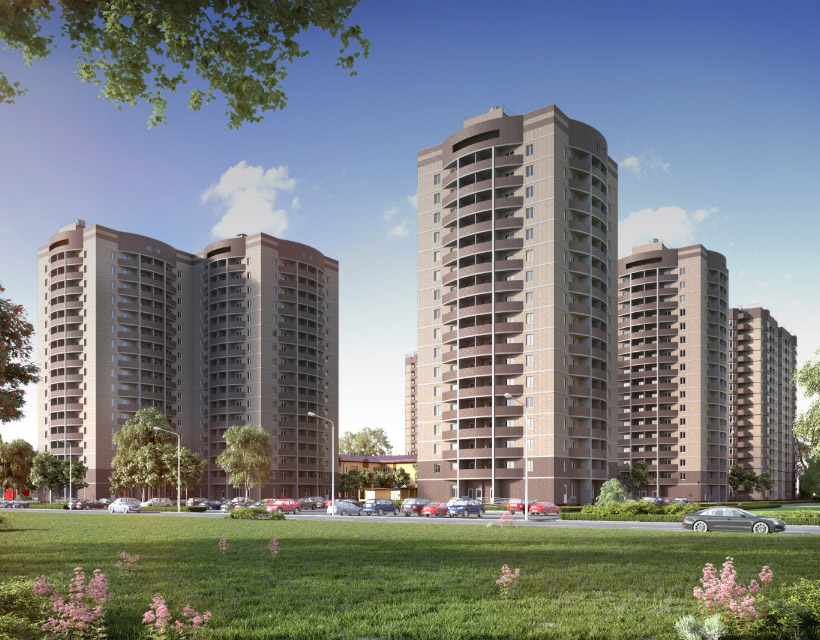

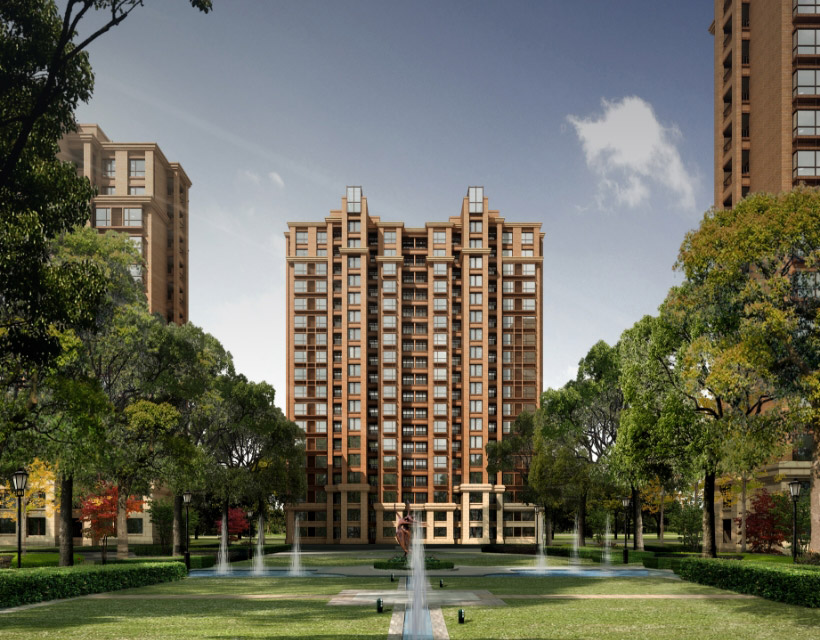
Kevin Wels
Alia accommodare duo eu, sit ei adipisci urbanitas.